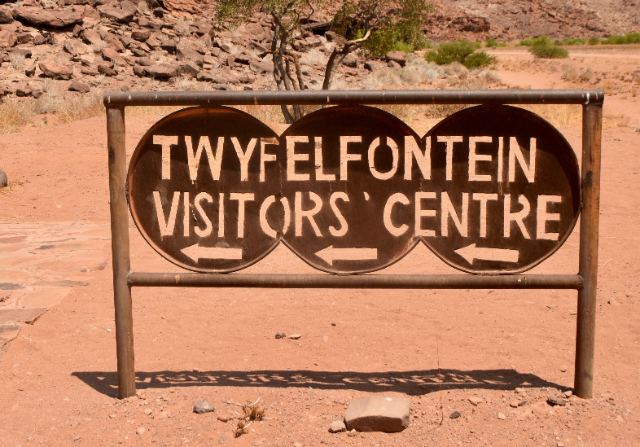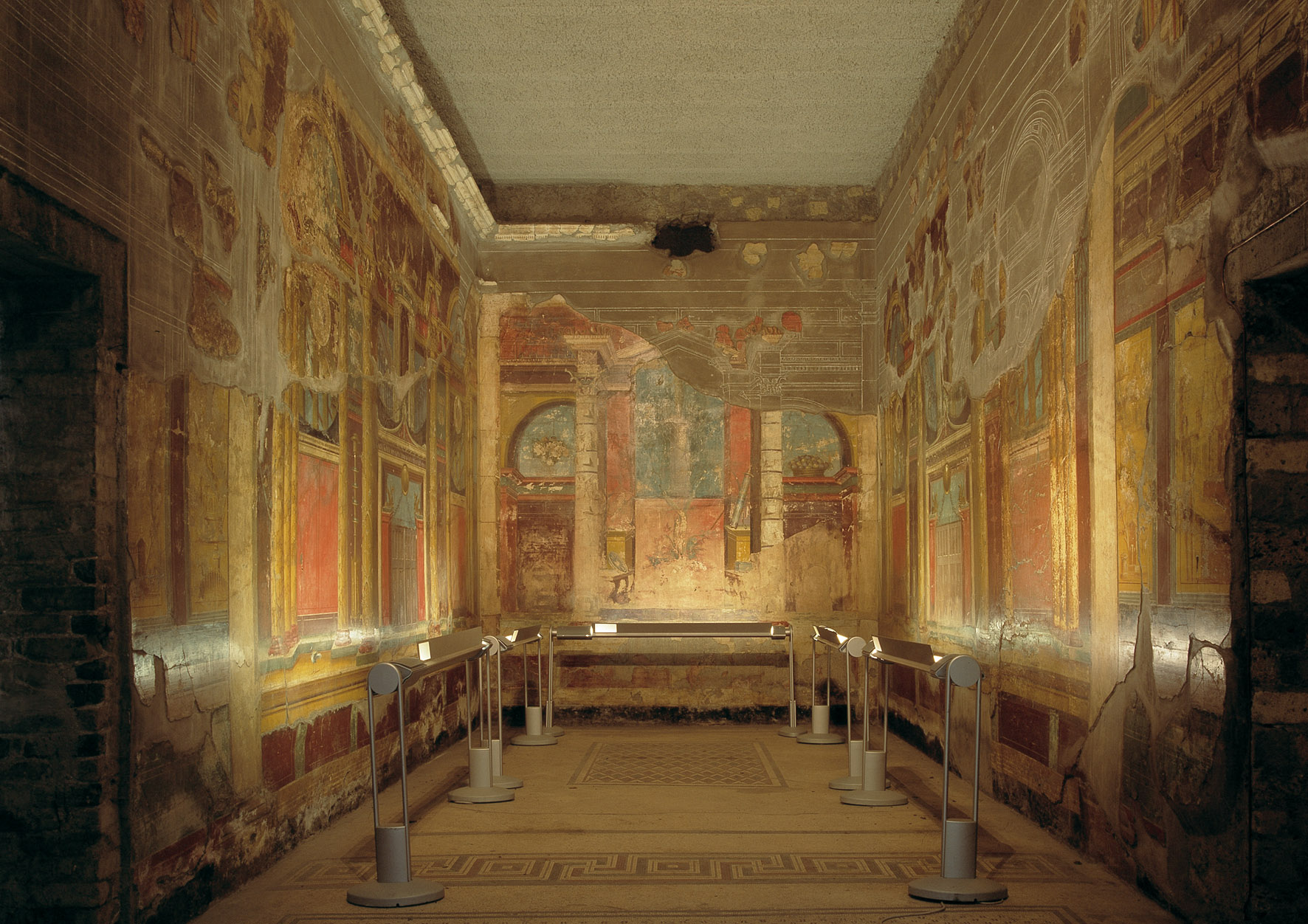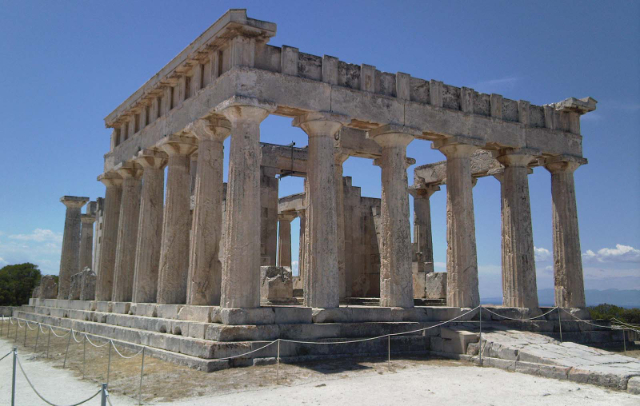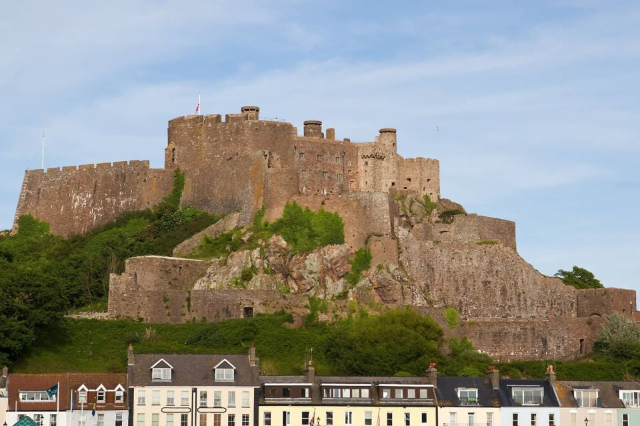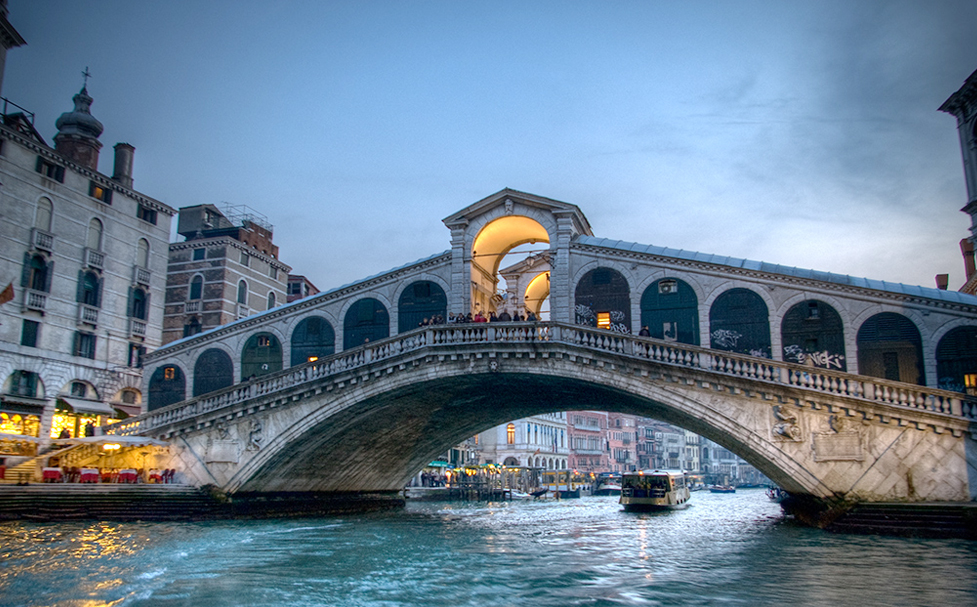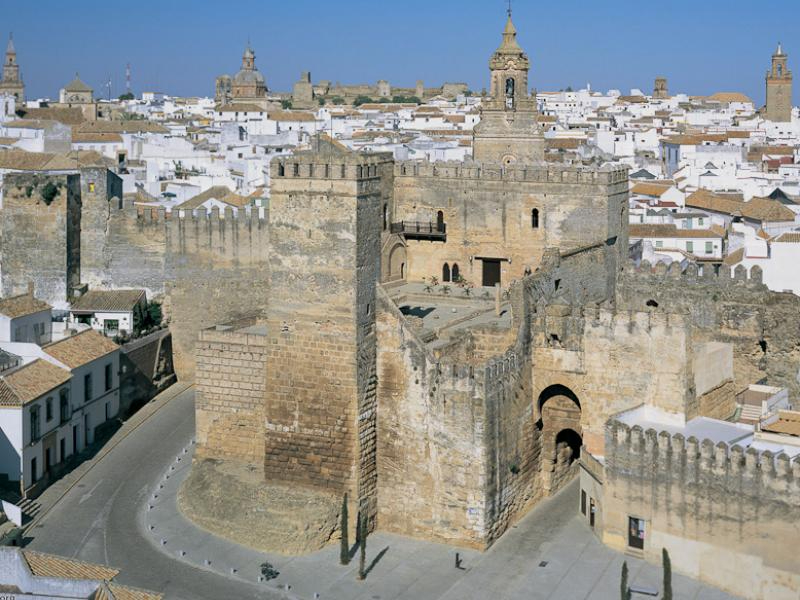Twyfelfontein is an archaeological site located in the Kunene region of northwestern Namibia. The site is famous for its rock carvings, which are among the largest and most important in Africa.The Twyfelfontein rock carvings were made by the San, a hunter-gatherer people who lived in the area about 6,000 years ago. The engravings depict animals, human figures and symbols, and provide important evidence of the rock art and daily life of the San.In 1952, the Twyfelfontein engravings were discovered by a local farmer and later studied and documented by archaeologists and anthropologists. In 2007, the site was declared a UNESCO World Heritage Site.In addition to the rock carvings, Twyfelfontein also offers other tourist attractions, including a series of canyons and rock formations with strange and striking shapes. The region is also famous for its wildlife, including desert elephants, giraffes, oryx and cheetahs.Twyfelfontein has become a popular tourist destination, with a number of lodging facilities offering accommodations and guided tours to visit the site and the surrounding region. It is possible to visit the site year-round, but the best weather conditions occur between May and September, during the Namibian winter.In summary, Twyfelfontein is an archaeological site located in the Kunene region of northwestern Namibia, famous for its rock carvings depicting animals, human figures, and symbols, and providing an important record of the rock art and daily life of the San. The site is a UNESCO World Heritage Site and also offers other tourist attractions, including canyons, striking rock formations and wildlife. Twyfelfontein has become a popular tourist destination, with a number of lodging facilities offering accommodations and guided tours.
